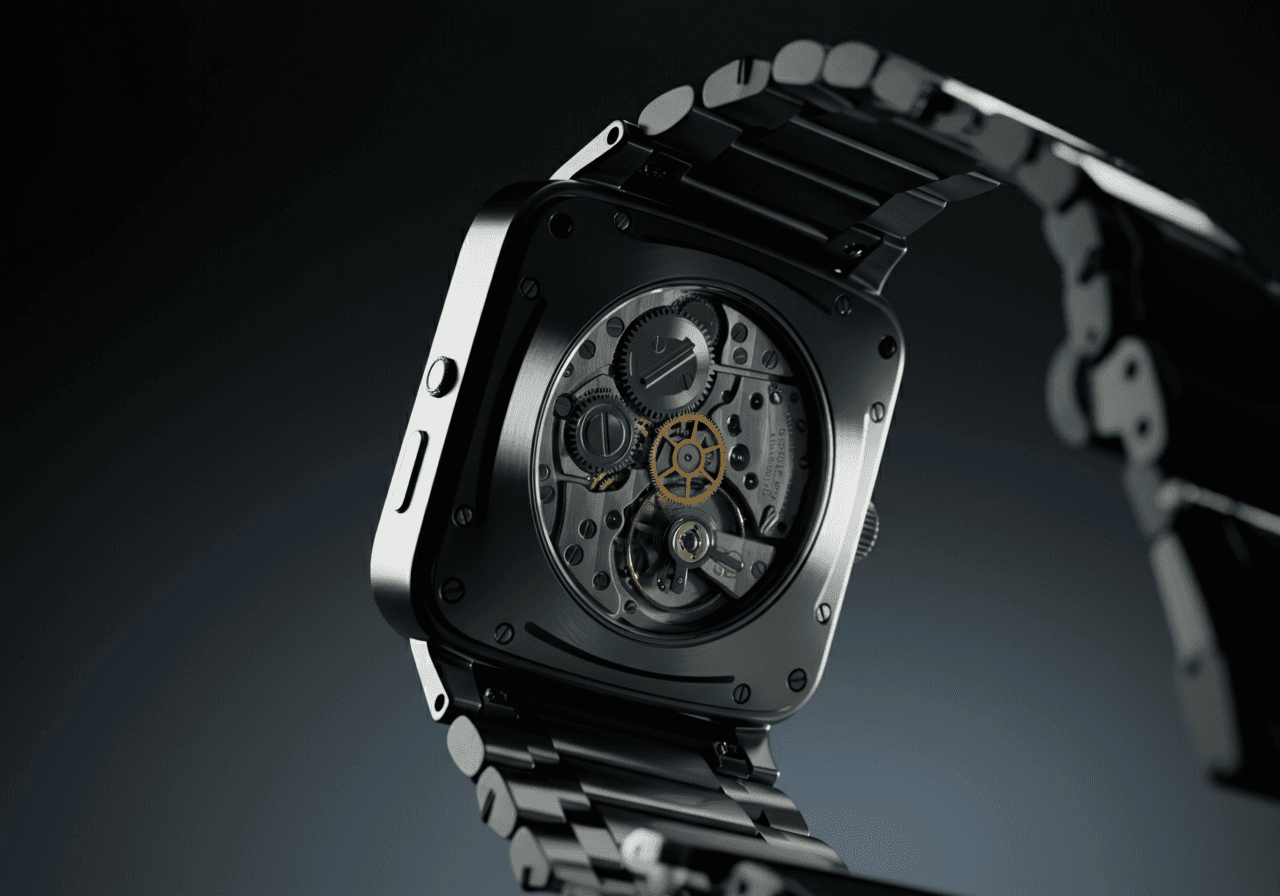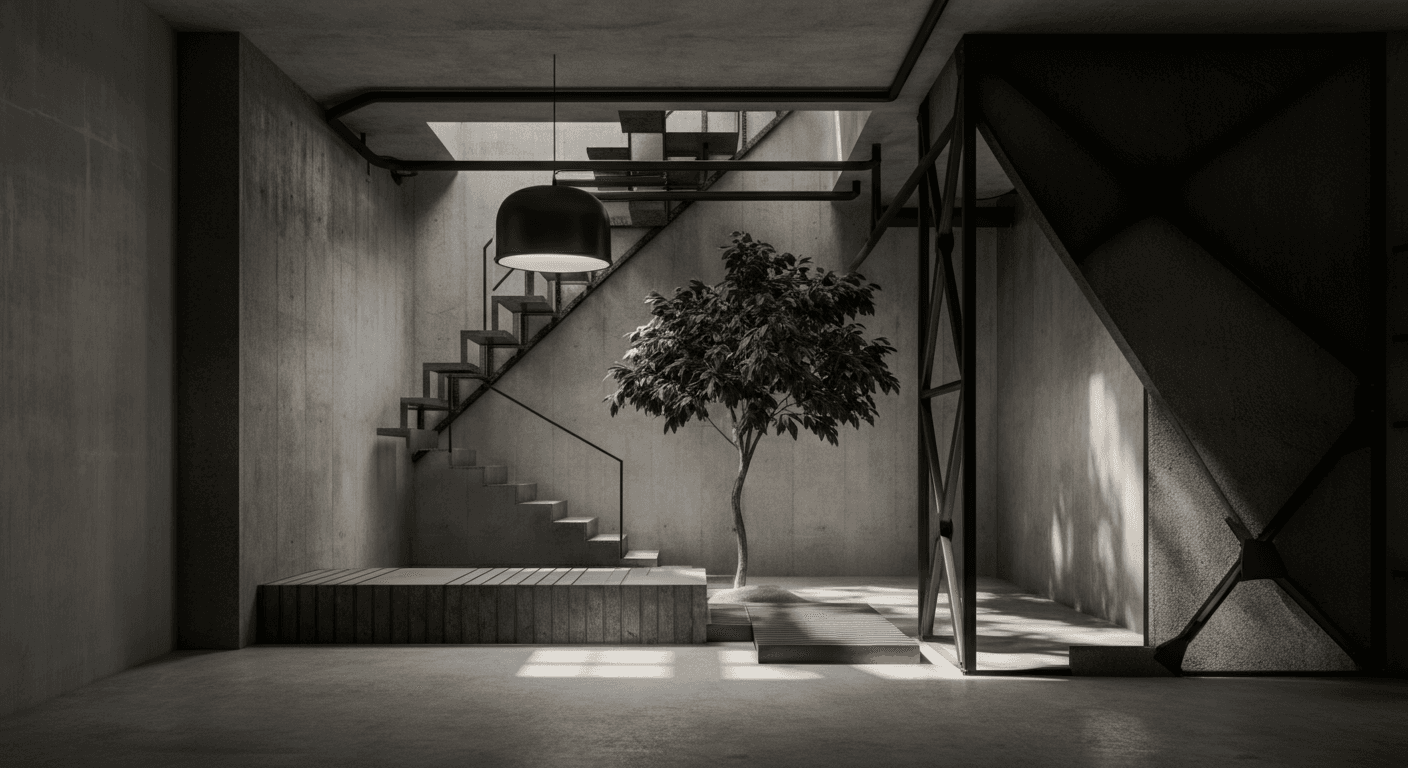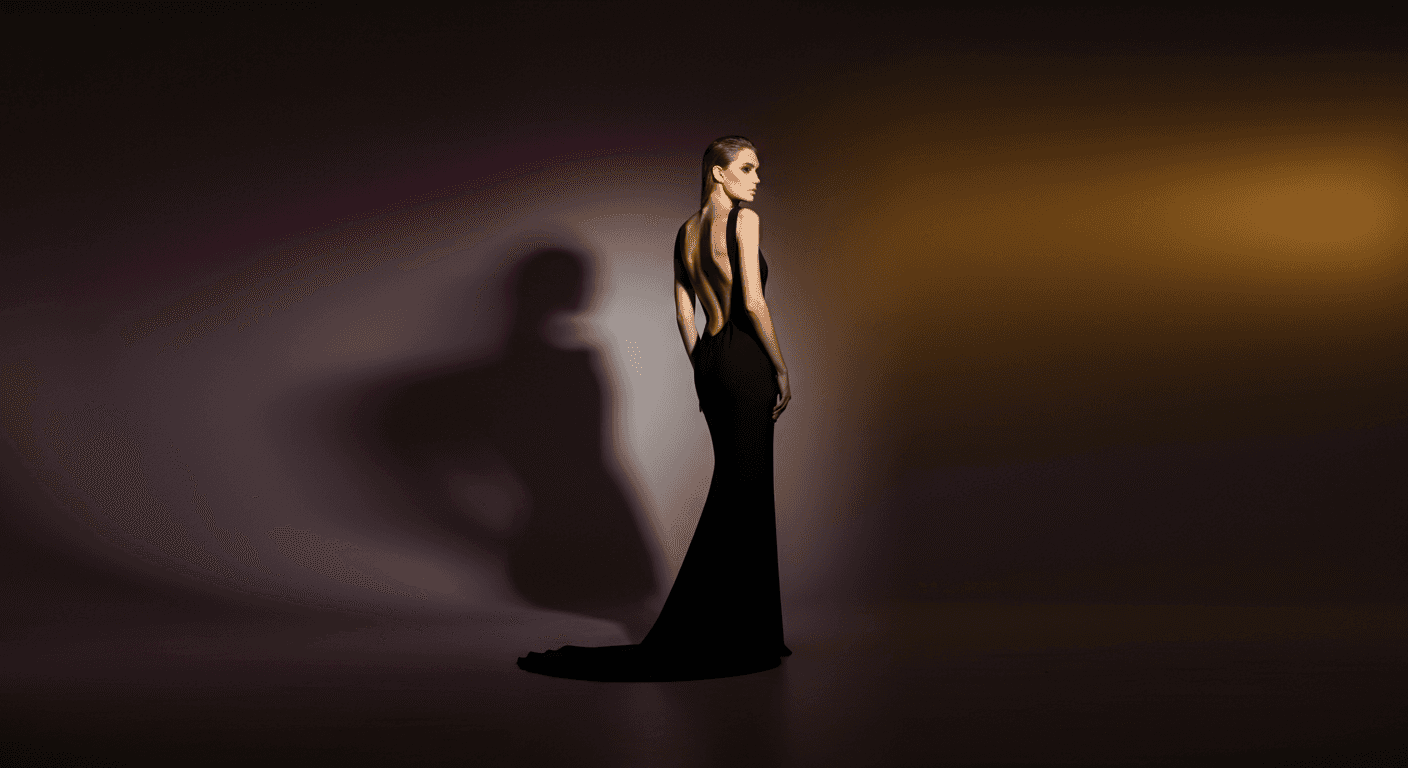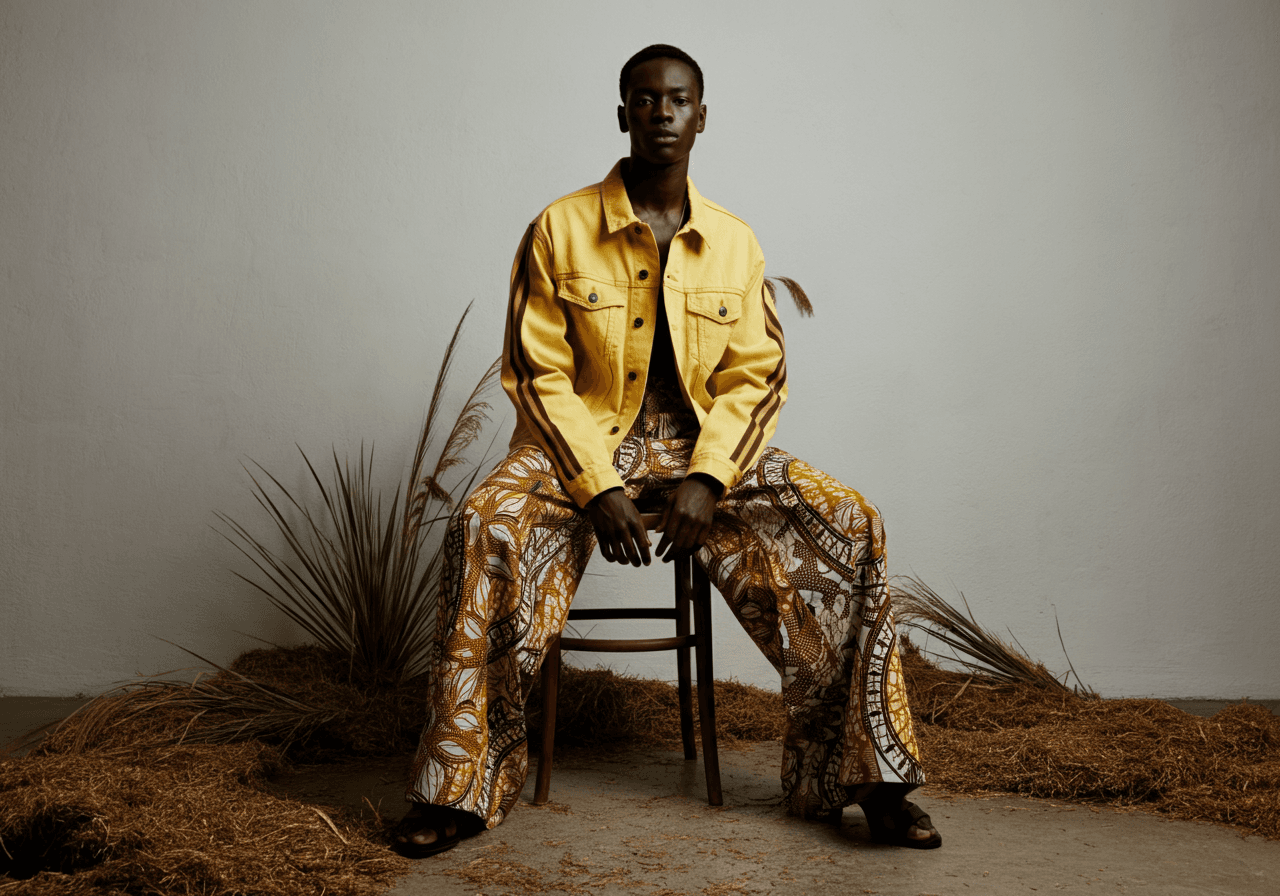

Mar 24, 2025
Designing High-Converting Shopify Stores
Designing a Shopify store in 2025 is about far more than aesthetics — it’s about performance, clarity, and conversion.
Shopify
Design
CRO
Design
A great ecommerce design should act as a silent salesperson, guiding the shopper effortlessly toward checkout. That means prioritizing functionality, mobile responsiveness, and speed alongside beautiful design.
Start with intuitive navigation. If customers can’t find what they’re looking for in under 5 seconds, you’re losing them. Mega menus, sticky navigation bars, and smart search functionality powered by predictive suggestions can significantly reduce bounce rates. Group products by collection logic that makes sense to your customer, not just your backend.
High-quality visuals continue to be non-negotiable. In 2025, customers expect rich media — 360° views, video reviews, and zoomable high-res images. These reduce uncertainty and boost purchase confidence, especially for high-consideration products like fashion, beauty, or tech. Combine visuals with crisp, benefit-driven copy that focuses on outcomes, not just features.

Innovation
Innovation
Speed and performance optimization should be part of the design process from the beginning. Use Shopify’s native performance tools or platforms like SpeedBoostr to ensure fast load times across devices. Avoid bloated themes, unoptimized media, and excessive third-party scripts, which can all harm site speed and SEO.
Next, prioritize trust signals. Customer reviews (powered by Yotpo), clear return policies, secure checkout icons, and recognizable payment methods all work together to reduce hesitation. Add urgency with real-time inventory indicators or countdown timers for limited-time offers, but only if they align with your brand voice.
A major innovation is modular design. Think of your homepage and PDPs as collections of flexible, conversion-optimized content blocks. These reusable components let you scale and test layouts quickly, especially when using tools like Figma for design and Shopify Sections Everywhere for dev.


Exclusivity
Exclusivity
To wrap up, a high-converting Shopify store in 2025 is lean, fast, and user-focused. The best stores don’t just look good — they feel frictionless, function like a funnel, and guide users to purchase through thoughtful UX, strategic content, and performance-first thinking.
Latest Updates
(JW — 02)
©2024
Latest Updates
(JW — 02)
©2024
FAQ
FAQ
01
What types of brands do you typically work with?
02
Do you only work with Shopify?
03
What makes Jag & Wolf different from other Shopify agencies?
04
How long does a typical project take?
05
How do we measure success?
06
Do you offer ongoing support after launch?
07
Can you help with conversion rate optimization only?
08
What kind of results can I expect?
01
What types of brands do you typically work with?
02
Do you only work with Shopify?
03
What makes Jag & Wolf different from other Shopify agencies?
04
How long does a typical project take?
05
How do we measure success?
06
Do you offer ongoing support after launch?
07
Can you help with conversion rate optimization only?
08
What kind of results can I expect?


Mar 24, 2025
Designing High-Converting Shopify Stores
Designing a Shopify store in 2025 is about far more than aesthetics — it’s about performance, clarity, and conversion.
Shopify
Design
CRO
Design
A great ecommerce design should act as a silent salesperson, guiding the shopper effortlessly toward checkout. That means prioritizing functionality, mobile responsiveness, and speed alongside beautiful design.
Start with intuitive navigation. If customers can’t find what they’re looking for in under 5 seconds, you’re losing them. Mega menus, sticky navigation bars, and smart search functionality powered by predictive suggestions can significantly reduce bounce rates. Group products by collection logic that makes sense to your customer, not just your backend.
High-quality visuals continue to be non-negotiable. In 2025, customers expect rich media — 360° views, video reviews, and zoomable high-res images. These reduce uncertainty and boost purchase confidence, especially for high-consideration products like fashion, beauty, or tech. Combine visuals with crisp, benefit-driven copy that focuses on outcomes, not just features.

Innovation
Speed and performance optimization should be part of the design process from the beginning. Use Shopify’s native performance tools or platforms like SpeedBoostr to ensure fast load times across devices. Avoid bloated themes, unoptimized media, and excessive third-party scripts, which can all harm site speed and SEO.
Next, prioritize trust signals. Customer reviews (powered by Yotpo), clear return policies, secure checkout icons, and recognizable payment methods all work together to reduce hesitation. Add urgency with real-time inventory indicators or countdown timers for limited-time offers, but only if they align with your brand voice.
A major innovation is modular design. Think of your homepage and PDPs as collections of flexible, conversion-optimized content blocks. These reusable components let you scale and test layouts quickly, especially when using tools like Figma for design and Shopify Sections Everywhere for dev.


Exclusivity
To wrap up, a high-converting Shopify store in 2025 is lean, fast, and user-focused. The best stores don’t just look good — they feel frictionless, function like a funnel, and guide users to purchase through thoughtful UX, strategic content, and performance-first thinking.
FAQ
01
What types of brands do you typically work with?
02
Do you only work with Shopify?
03
What makes Jag & Wolf different from other Shopify agencies?
04
How long does a typical project take?
05
How do we measure success?
06
Do you offer ongoing support after launch?
07
Can you help with conversion rate optimization only?
08
What kind of results can I expect?


Mar 24, 2025
Designing High-Converting Shopify Stores
Designing a Shopify store in 2025 is about far more than aesthetics — it’s about performance, clarity, and conversion.
Shopify
Design
CRO
Design
A great ecommerce design should act as a silent salesperson, guiding the shopper effortlessly toward checkout. That means prioritizing functionality, mobile responsiveness, and speed alongside beautiful design.
Start with intuitive navigation. If customers can’t find what they’re looking for in under 5 seconds, you’re losing them. Mega menus, sticky navigation bars, and smart search functionality powered by predictive suggestions can significantly reduce bounce rates. Group products by collection logic that makes sense to your customer, not just your backend.
High-quality visuals continue to be non-negotiable. In 2025, customers expect rich media — 360° views, video reviews, and zoomable high-res images. These reduce uncertainty and boost purchase confidence, especially for high-consideration products like fashion, beauty, or tech. Combine visuals with crisp, benefit-driven copy that focuses on outcomes, not just features.

Innovation
Speed and performance optimization should be part of the design process from the beginning. Use Shopify’s native performance tools or platforms like SpeedBoostr to ensure fast load times across devices. Avoid bloated themes, unoptimized media, and excessive third-party scripts, which can all harm site speed and SEO.
Next, prioritize trust signals. Customer reviews (powered by Yotpo), clear return policies, secure checkout icons, and recognizable payment methods all work together to reduce hesitation. Add urgency with real-time inventory indicators or countdown timers for limited-time offers, but only if they align with your brand voice.
A major innovation is modular design. Think of your homepage and PDPs as collections of flexible, conversion-optimized content blocks. These reusable components let you scale and test layouts quickly, especially when using tools like Figma for design and Shopify Sections Everywhere for dev.


Exclusivity
To wrap up, a high-converting Shopify store in 2025 is lean, fast, and user-focused. The best stores don’t just look good — they feel frictionless, function like a funnel, and guide users to purchase through thoughtful UX, strategic content, and performance-first thinking.
FAQ
What types of brands do you typically work with?
Do you only work with Shopify?
What makes Jag & Wolf different from other Shopify agencies?
How long does a typical project take?
How do we measure success?
Do you offer ongoing support after launch?
Can you help with conversion rate optimization only?
What kind of results can I expect?

